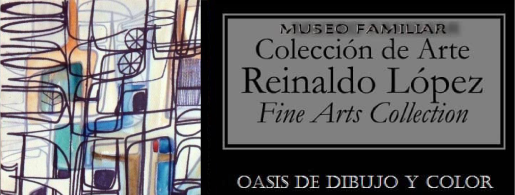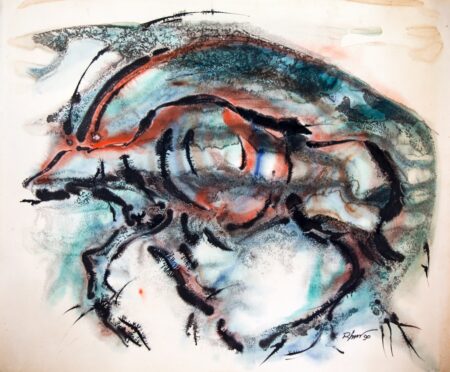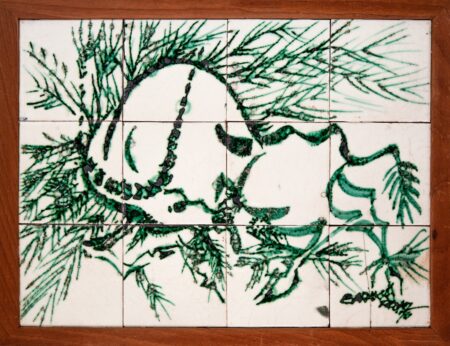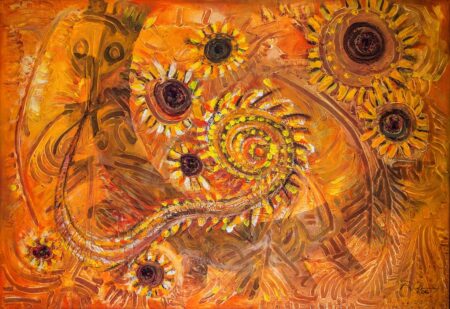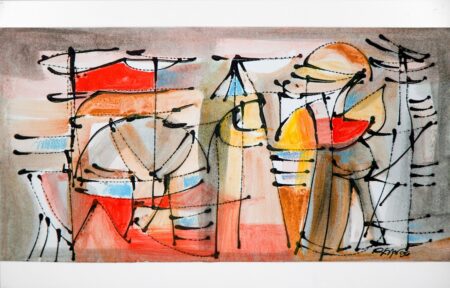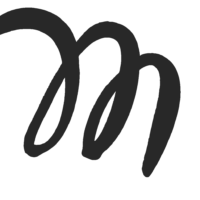Recopilación: Museo Familiar Reinaldo López

The Cuban master of contemporary visual arts, Reinaldo López Hernández (Matanzas, 1934 – La Habana, 2014), lived a prolific creative life devoted primarily to two artistic fields —the visual arts and architectural and landscape design. A holder of an extensive personal portfolio and an artist with a vast creative repertoire, he left to Cuban culture a body of work of universal scope. His pieces form part of prestigious public and private collections in Cuba and abroad, incluyendo elMuseo Nacional de Bellas Artes (MNBA), elConsejo Nacional de Artes Plásticas (BOTÓN), y elPérez Comendador-Leroux Museum Consortium Collection in Extremadura, España.
Encouraged by his father, who nurtured his passion for drawing, and guided by his mentor and lifelong friendRoberto Diago Querol, López studied painting and drawing in the 1950s at the“Eduardo Tarascó” School of Fine Arts in his hometown of Matanzas. En1954, alongside fellow artistsJuan Blanco López, Agustín Drake, yJosé M. Fundora, he presented his firstcollective exhibition at Havana’s newly inauguratedLa Rampa Gallery, which received highly favorable reviews from specialized critics of the time.
López’s pictorial work, recognized early on for its refined drawing, vibrant color palette, washes, and textures, moves betweenabstraction and figuration, combining personal symbols and codes that became hallmarks of his style. This synthesis is evident in his series offemale nude drawings y enAnimalia —his iconic, widely collected series— where an imaginary fauna of horses, gazelles, goats, deer, bulls, and wild birds burst forth in a vigorous stampede before the viewer. Cuban art criticLolo de la Torriente described these works as:
“They are not paintings of race but of imaginary beings—animated, rearing creatures, ready to attack, to leap and run in a frenzy of primitive, life-saving vitality.”
A landmark moment in his career came in1967, when López was among the100 contemporary artists who participated in the creation of the monumental muralCuba Colectiva during theFrench “Salon de Mai” held in Havana —a work that now belongs to the MNBA’s permanent collection. Throughout his trajectory, he experimented with traditional supports as well as materials such asmadera, cerámica, and in the 1990s, X-ray plates.
A lesser-known yet significant facet of his production was hismural art. Among his most celebrated works areCanto a las Antillas (Hotel Tritón, la Habana), Los Galápagos (Parque Lenin, la Habana), La Tierra y el Mar (Hotel Paradiso, Varadero), yEl Bien y el Mal (Hotel Pasacaballos, Cienfuegos). These monumental pieces, created using diverse techniques, have since beendeclared national heritage.
Following his passing in October 2014, his family became the custodian of an extensive artistic legacy that includes his works as well as those of other Cuban and international artists. A diverse collection offolk art and antique objects, acquired during his travels across Cuba and abroad, further enriches this patrimony.
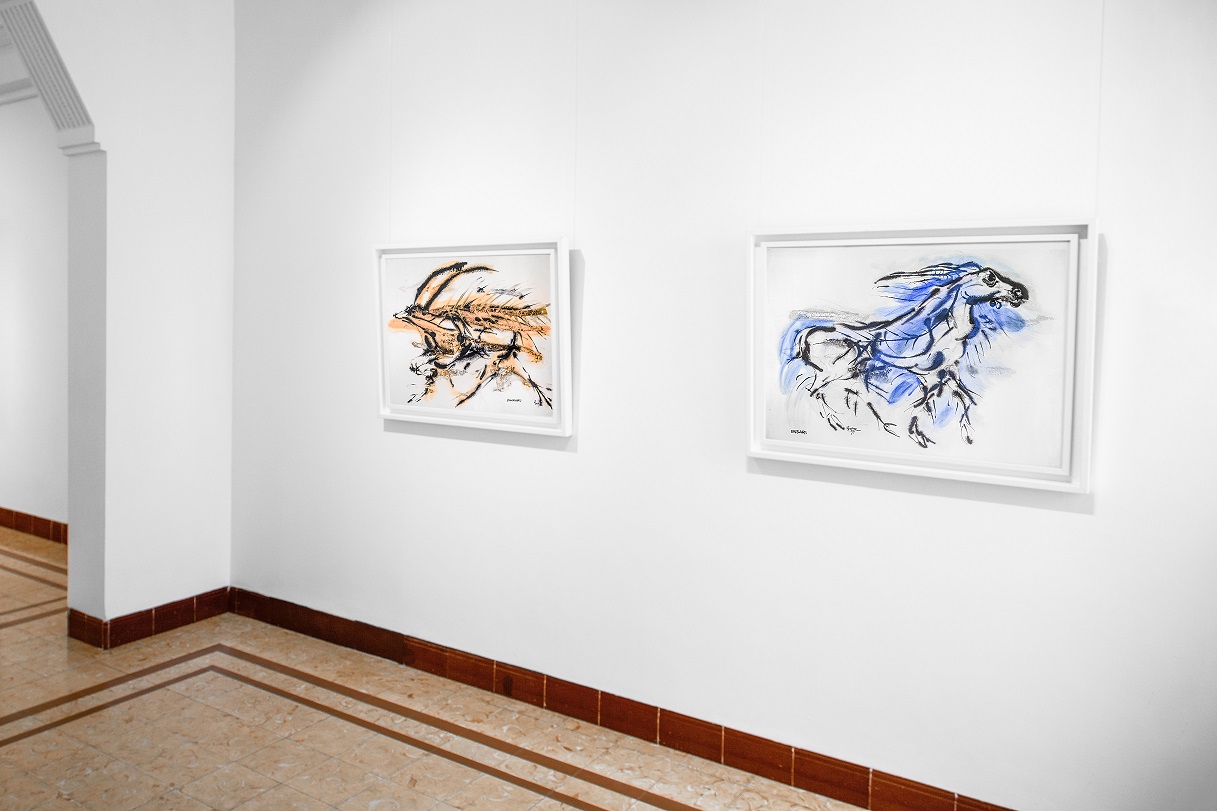
With the purpose ofpreserving, promoting, and sharing this legacy, the López-Ximeno family founded the“Reinaldo López Family Museum: Oasis of Drawing and Color.” Visiting the artist’s studio offers a glimpse into the intimate world of a man who devoted his life to theAfro-Cuban artistic tradition. Through careful curation and detailed museography, the exhibition recreates the painter’s workspace, displaying objects, tools, and materials he used in his creative process.
The collection features artworks executed in diverse techniques representing the many stages of his artistic evolution. It is further enriched by the display of hispersonal pipe collection, Ecuadorian ceramics, Mexican folk art, y19th-century maroon artifacts, as well as works by his mentorRoberto Diago Querol.
